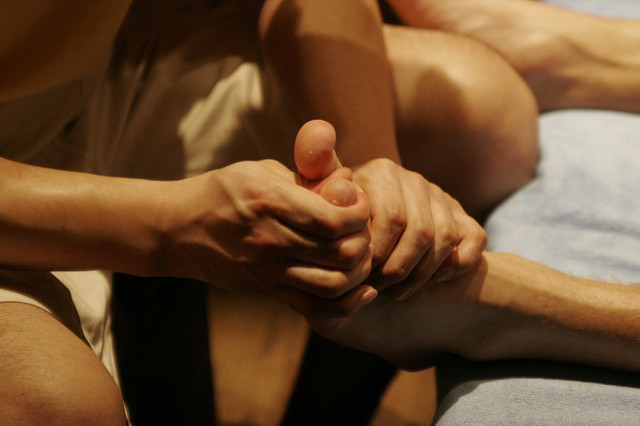Synthesizing the Strength of the Evidence of Complementary and Integrative Health Therapies for Pain
Pain and opioid use are highly prevalent for management of pain. Nonpharmacological options, including complementary and integrative health (CIH) therapies have been suggested as management option. However, there is still no clear guideline on which works best, and for which conditions. In addition, there are more than 2,000 randomized controlled trials (RCTs) and many systematic reviews on CIH therapies, which make it impossible to draw firm conclusions. Thus a review study from the Center for Innovation to Implementation in Menlo Park, California aims to synthesize the strength of the evidence for four types of CIH therapies on pain: acupuncture, therapeutic massage, mindfulness techniques, and tai chi.
The study was published in the May 2019 issue of Pain Medicine. The authors conducted searches of English-language systematic reviews and RCTs in 11 electronic databases. The authors found many systematic reviews that met their inclusion criteria: acupuncture (86), massage (38), mindfulness techniques (11), and tai chi (21).
The evidence for acupuncture was strongest, and largest for headache and chronic pain. Mindfulness, massage, and tai chi have statistically significant positive effects on some types of pain. However, firm conclusions cannot be drawn for many types of pain due to methodological limitations or lack of RCTs.
The authors concluded that there is sufficient strength of evidence for acupuncture for various types of pain. Individual studies indicate that tai chi, mindfulness, and massage may be promising for multiple types of chronic pain.


